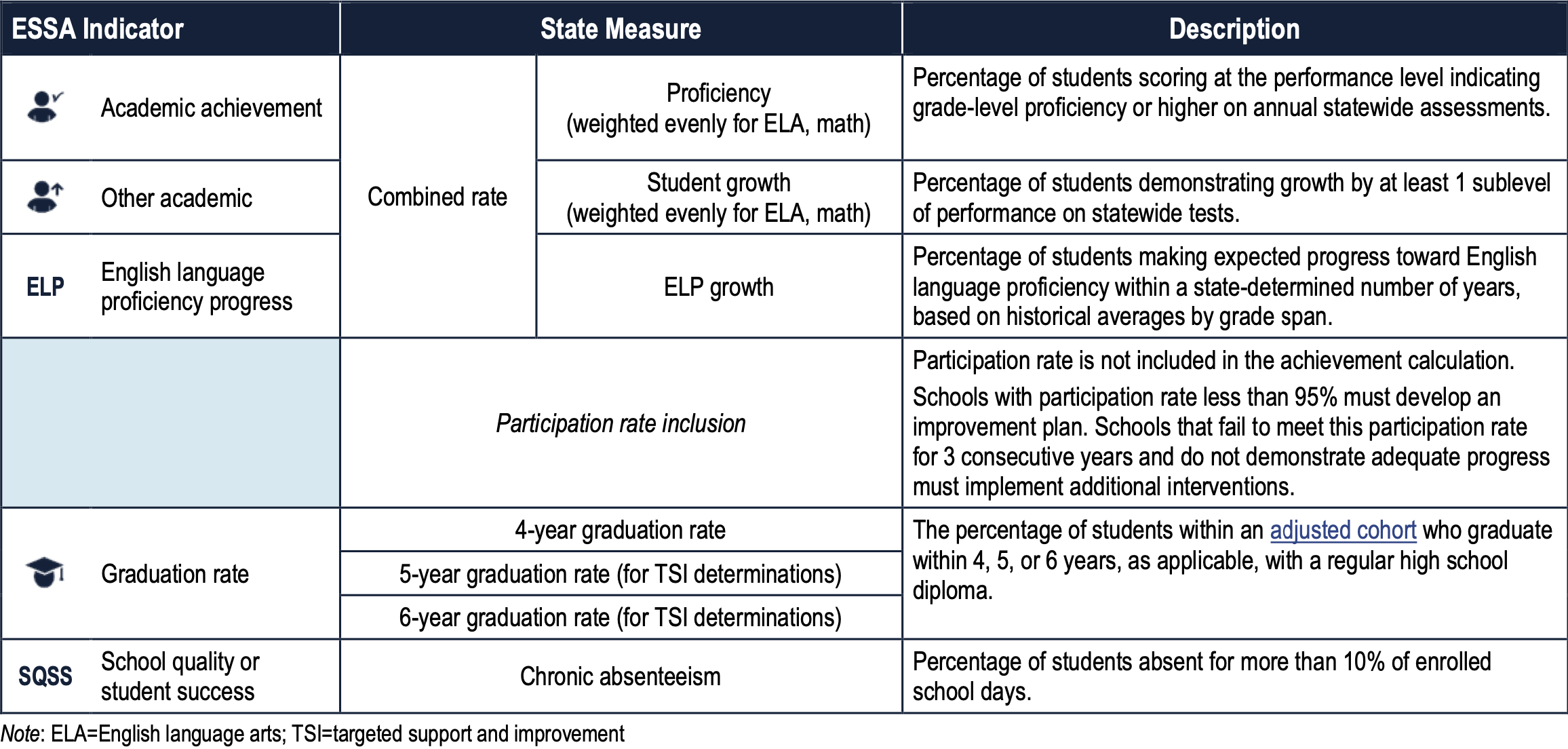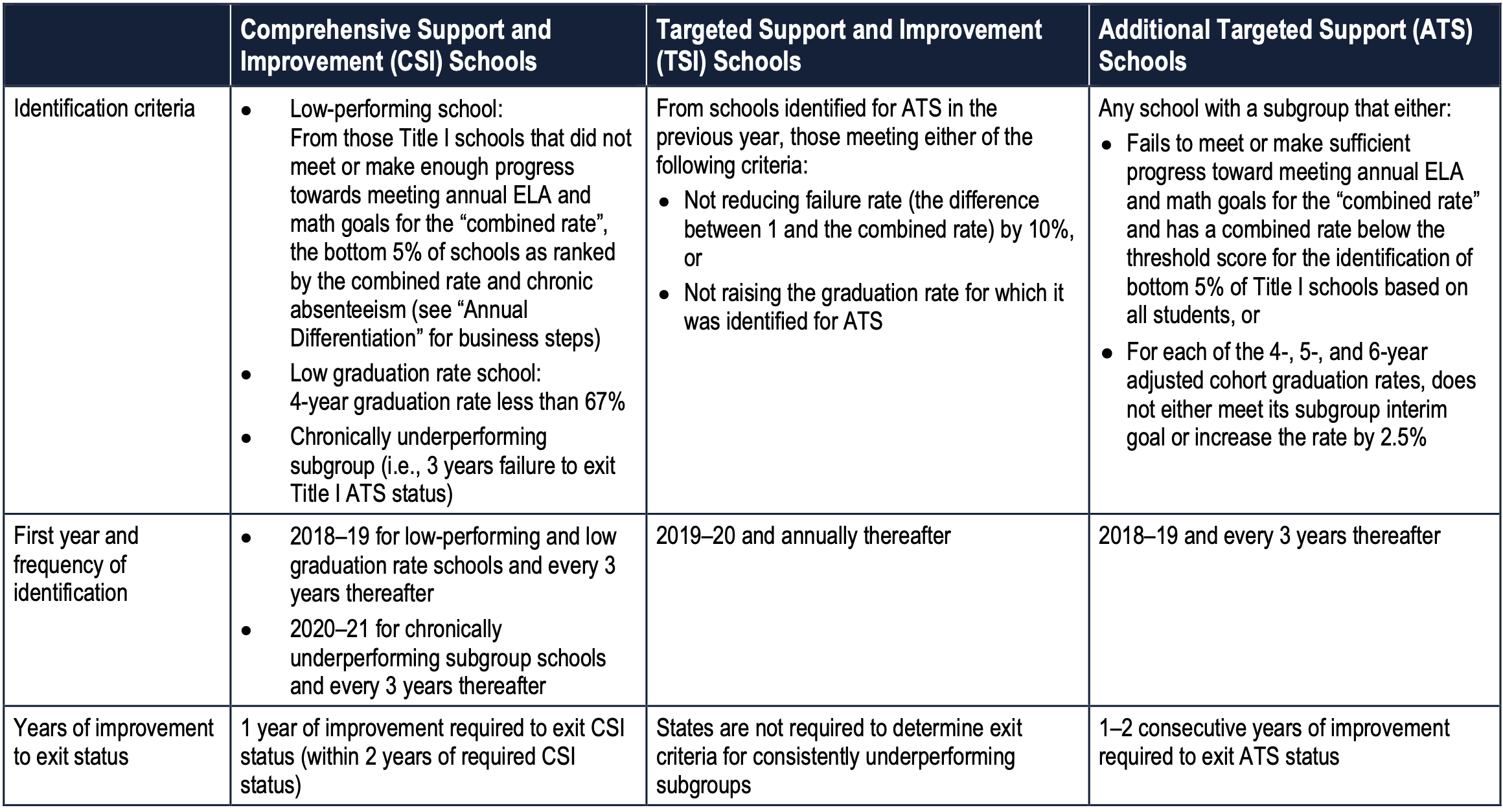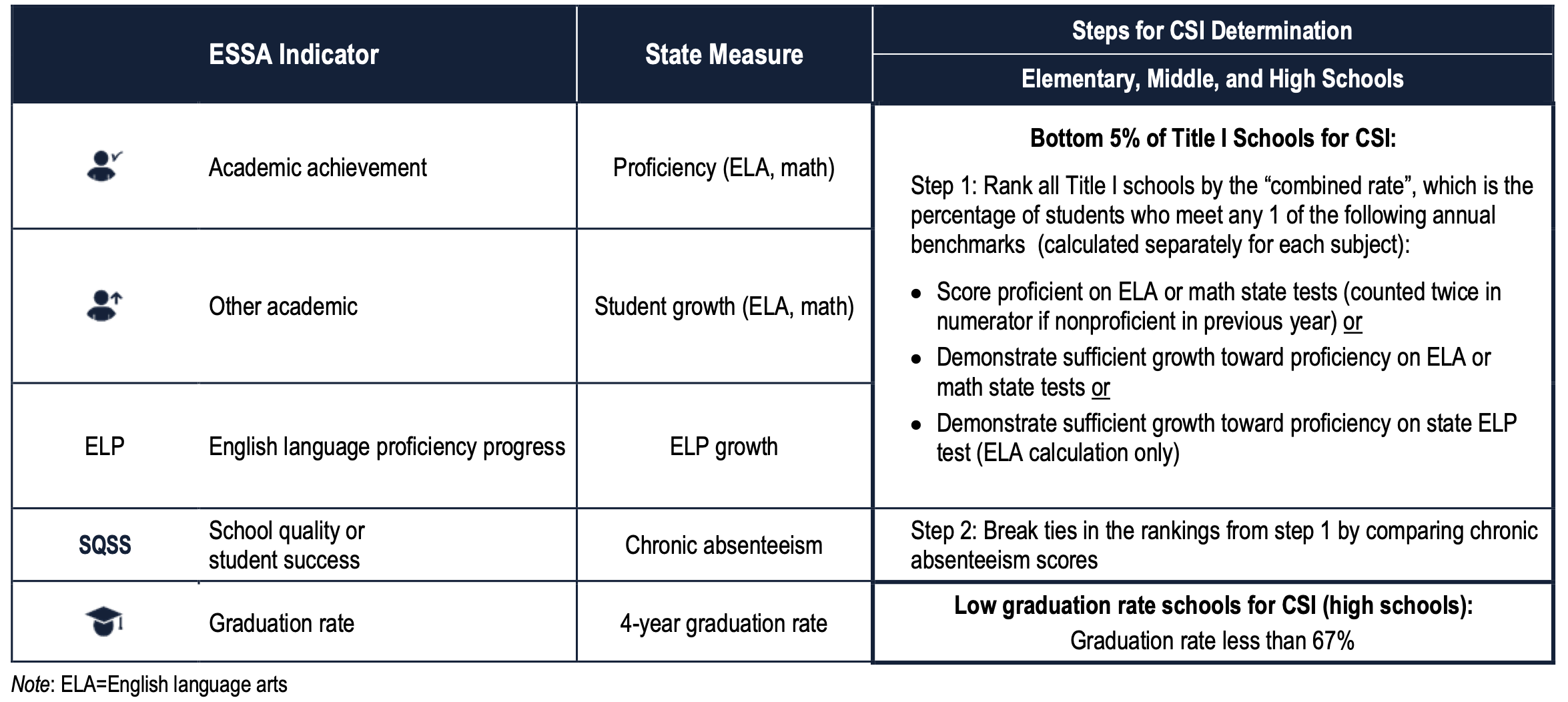The Virginia Department of Education (VDOE) on June 16th notified the federal Department of Education (USDOE) of its updated State Plan.
Such updates are required annually to allow the states to receive federal school improvement funds appropriated for Elementary and Secondary Education Act (ESEA) as updated by the Every Student Succeeds Act (ESSA).
The change was designed under the Northam administration to give credit for the first time in Virginia to a school for the progress of any student who has:
- failed two consecutive state assessments on SOLs or the Virginia Alternate Assessment Program (VAAP) test (eligible students with significant cognitive disabilities); but
- does better in the current year than the previous one.
It has been in the works for several years. This past school year was the second year of data collected under that system. That in turn provides comparable year-to-year data to show progress or lack of same for a student and the work of his or her school. Thus, the formula change will be implemented in the coming school year.
The change was designed to help identify the schools in Virginia who most need the ESEA funding rather than repeated cycles of identifying the same schools with poor minority student populations without giving credit for such progress.
It appears to be at least partially an attempt to improve morale — to give teachers in such schools credit for improvements with kids, say, who enter 5th grade unable to read but show progress on the next set of tests.
I don’t know what effect it will have, but I believe it is a good thing to try.
We’ll look at the entire process for distributing that particular pot of federal money in Virginia.
The Elementary and Secondary Education Act (ESEA) requires each state to develop a statewide system of accountability for all public elementary and secondary schools to improve student academic achievement and school success, but provides broad discretion to each state in the design of the accountability system.
Virginia annually updates the Consolidated State Plan to demonstrate compliance.
A state’s system includes indicators that measure
- academic achievement;
- another academic measure;
- graduation rates;
- the progress of English learners in achieving English language proficiency; and
- school quality or student success.
The Commonwealth submitted a significant change in June that affects the state’s “other academic measure.”
Virginia determines its schools for comprehensive and targeted support and improvement (CSI/TSI) using business steps. It uses chronic absenteeism as a “tie breaker” for identifying CSI schools that are otherwise equally ranked.
The charts below describe the Virginia process and the components of that process as compiled by air.org.
Virginia CSI Determination
The change affects grades 3-8.
The new language for the first time allows a student to fail two consecutive years of testing but his or her school to be given credit for program improvement under ESSA if that student advanced at least one range on a new progress table developed by the state for use when comparing the scores on those two tests.
The new example provided by VDOE of using a progress table to determine growth follows:
The student failed both the previous and current year assessments, and advanced at least one level from the previous year assessment to the current year assessment. The current year score (box 1) is compared to the previous year score (box 2). Since the range of the current year score (Range V) is greater than the previous year score (Range IV), this comparison does show growth.
 Virginia Accountability Measure Descriptions
Virginia Accountability Measure Descriptions Virginia School Improvement Categories
Virginia School Improvement Categories Two additional concepts.
Two additional concepts.
Nobody asked me, but if someone gave me the “change” pen, I would try to figure out how to increase the importance of attendance in this Virginia plan.
Attendance says as much about the school and the school division as it does about the students and their parents. No one can teach a kid who is not there.
Finally, we hate to reward financially a school for worsening attendance or worsening achievement. But those are the schools to which the federal money is targeted. The money assumes they are making honest attempts to get better.
There must be a way for Virginia to reward, or at least not allow the reduction in federal ESSA money to penalize for at least a couple of years, a school whose student achievement and student attendance improves significantly.
We should try to find it.
Bottom line. This change is an attempt to distribute a fixed pot of federal school improvement money to the schools which need it the most and to avoid embarrassing schools that are in fact improving.
We, and the schools, will see how that works out in practice. It may not make any difference in the final list of schools, but it also might.
It is thus worth a try.



Leave a Reply
You must be logged in to post a comment.